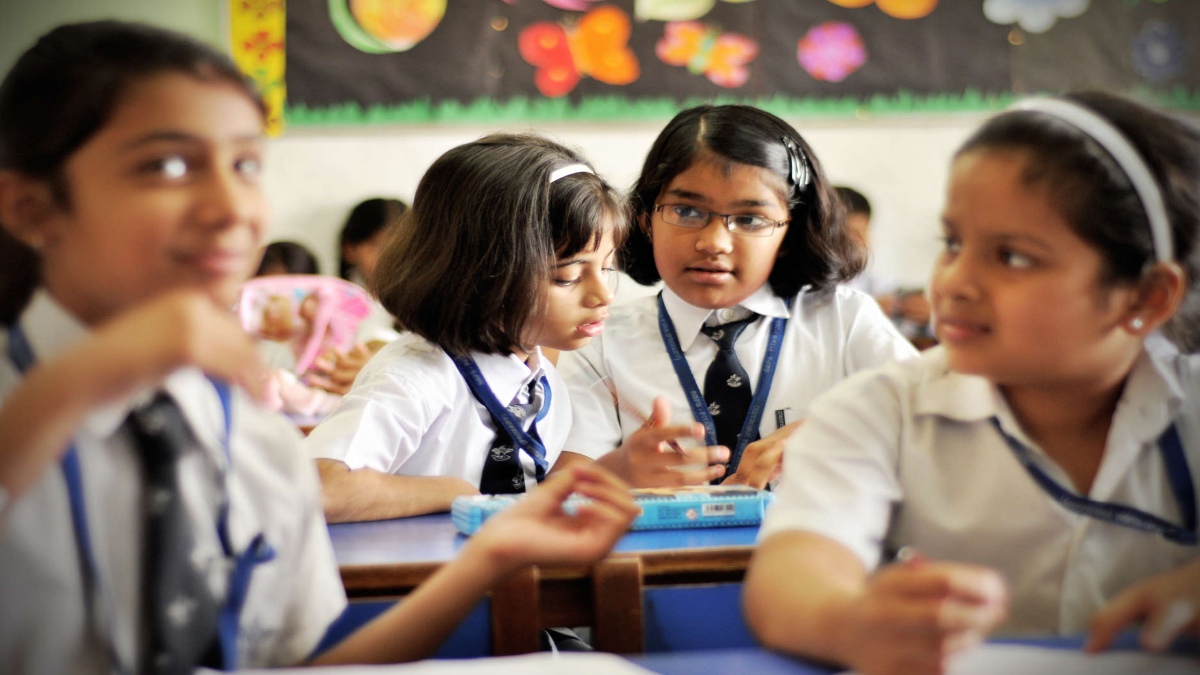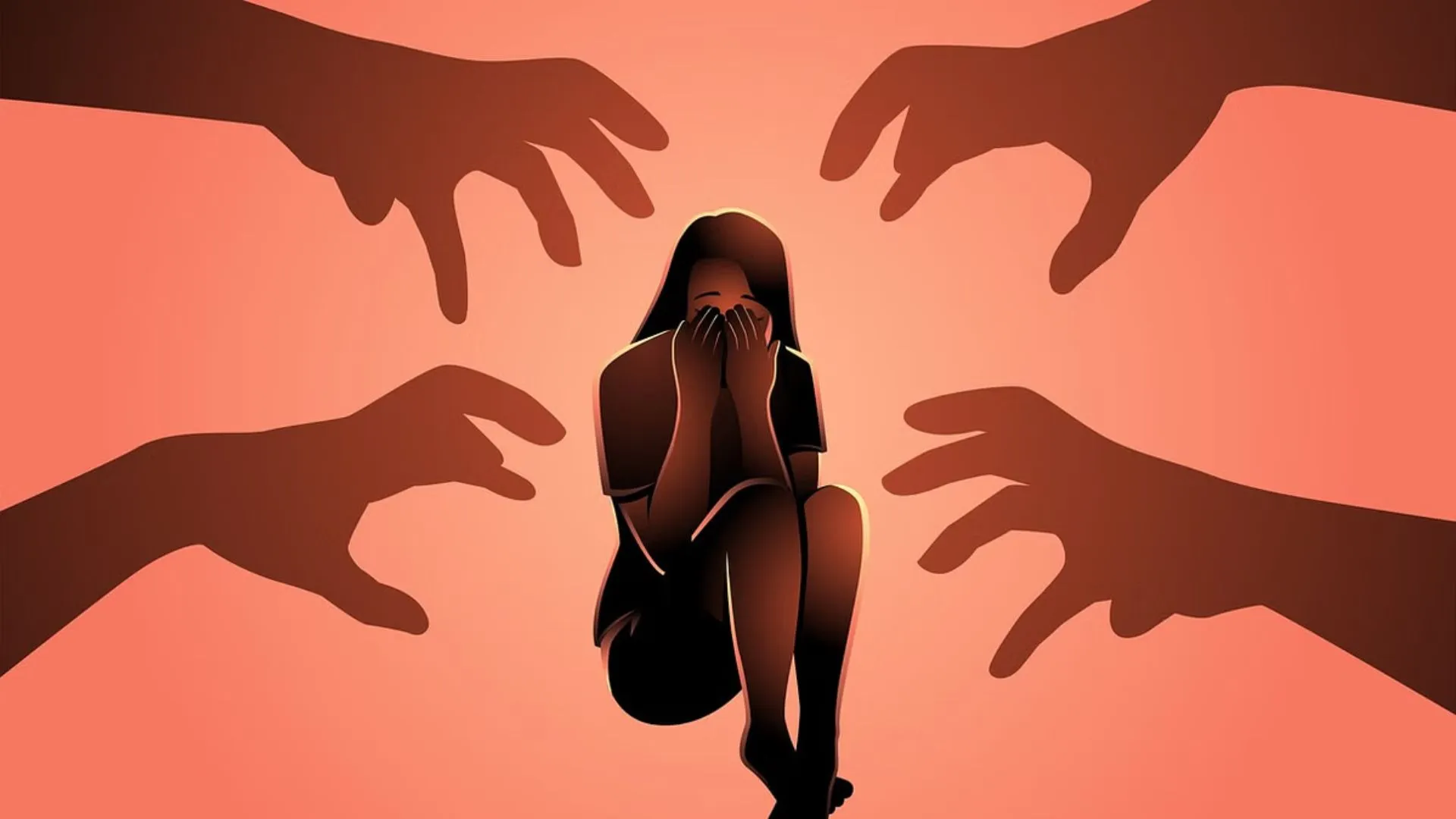The Indian education system is one of the ancient education systems in the world. The system can be traced back to around 5000 BC when the Gurukul system was prevalent. The examples can be found in the pages of the world’s ancient epics like Ramayana where Lord Ram and his three brothers used to go to Sage Vishwamitra’s ashram or in Mahabharata where the Kaurava and Pandava brothers got their education from the ashram of Dronacharya. The Gurukulas were mainly the ashram of the saints where they used to live, perform rituals as well delivered knowledge to their respective pupils. The initiation of the learning process used to start with Upanayana Sanskar through which it was believed that the spiritual as well as pragmatic consciousness awakens in the child. These ashrams were the ancient schools where the education system was based on the practicality of life instead of education based on memorizing stuff. Their focus used to be on skill development. The examples can be found in many scriptures like Shrimad Bhagavatam; Brahma-Samhita; Bhakti-Rasamrita-Sindhu etc., where there is a mention of expertise on 64 Kalas (skills) and 14 Vidyas (techniques) by Shri Krishna and his brother Balarama.
These kalas and vidyas were indicated to be very important to complete one’s education. It included various skills of life like Geet vidya (the art of singing), Vadya vidya (the art of playing musical instruments), Nritya vidya (the art of dancing), Natya vidya (the art of theatricals), Alekhya vidya (the art of painting), Mani-Bhumika-Karma (the art of making the ground work of jewels.), Suci-Vaya-Karma (the art of needle work and weaving), Takshana (the art of carpentry), Vastuvidya (the art of engineering), Dhatuvidya (the art of metallurgy), Vrikshayur-Veda-Yoga (the art of practicing medicine). Four Upavedas which included Arthashastra (ancient treatise on statecraft, economic policy, and military strategy), Dhanur Veda (the science of archery), Gandharva Veda (treatise on performing arts, encompassing theatre), Ayurveda (the science of longevity and life) along with 6 Vedangas (auxiliary sciences like grammar, astronomy, phonetics), etc.
By the end of the Gupta period, the culture of gurukula system was gradually getting declined with the invasion of external attackers like Bakhtiyar Khilji or Ghaznavi whose main aim was to loot the wealth of the country and return back to their homeland. The system of Gurukul was prominent till the Mauryan empire where we find gurus like Chanakya, Pingalavatsa (Janasana)), etc. India also evidenced some of the biggest ancient universities at these times like Takahashila (600BC-500BC) where scholars like Panini (Father of Grammar), Jivakka (a surgeon), Charaka (the writer of Charak Samhita and physician) along with Chanakya or Vishnugupt belonged here.
With the colonial encounter, India witnessed a huge change in the education system. The Indian education system which was based on skills was rejected by the British Imperials and discarding it, they declared their own methodologies for education renaming it as the Modern Indian education system. It started with the expansion of Christian missionaries who tried to promote their religion among the countrymen instead of providing knowledge. It also created a dualism in the society where there was a division of ideologies between Anglicists and Orientalists. While the Orientalists were in support of providing education in the vernacular language or in the mother tongue, the Anglicists were in favour of teaching in English only. But with the arrival of “Minute on Education” which is also known as the English Education Act, 1835 by Thomas Babington Macaulay, an Anglicist, the immediate cease on the production of Sanskrit and Arabic books and the law to not to promote traditional education was formulated. This system of education was based on some limited curriculum which the British mainly imposed to fulfil their needs where they can produce clerical employees to run their offices.
This system of education was mainly based on memorizing things instead of acquiring skills. It also finished the brainstorming aspects of learning things, or the experimental learning was completely disregarded. One of such example was the destruction of looms in Dhaka which was a part of then East Bengal. The British adopted measures that caused Bengal’s muslin industry to deteriorate. There have been stories of weavers becoming the targets of intimidation and assault by colonial rulers, including cutting off their thumbs. These steps were taken in an effort to safeguard the interests of British manufacturers while undermining the competition from Bengal’s muslin sector. Thus, various steps were taken to demolish the Indian education system by the colonial government to impose their cultural entities and make a profit out of various sectors by impairing the ability of reasoning and questioning among the Indian folk.
The contribution of Indian traditional education to the globe is unparallel. Ancient Indian scholars like Patanjali gifted the world with the art of Yoga, Shushruta taught the world the science of plastic surgery whereas Aryabhatta is known for inventing zero and so on. Similarly, the traditional knowledge systems of India are very much prominent in regard to humanity.
The present government is also focusing on STEM education which is an umbrella term used to group together the distinct but related technical disciplines, allow students to acquire and comprehend concepts from the viewpoint of the actual world. It places an emphasis on the development of logical and critical thinking abilities.
Apart from this, both Higher Educational Institutions and National Curriculum Framework focus on technical education in the mother tongue. Educational bodies like AICTE have started translating scientific books and books on 14 regional languages are being published by them. Commission for Scientific and Technical Terminology is engaged in developing terminology on regional languages in collaboration with various universities and educational institutions.
A process of glocalization is going on continuously where the focus is to popularize the local knowledge systems at a global level. Expanding R&D in indigenous techniques like the preservation of indigenous seeds and other types of food crops made by millet will ensure moving towards healthy as well as economically self-sufficient India. NEP 2020 in its agenda has cleared to alter irrelevant bookish knowledge with a more practical skill-based curriculum.
This is why the present government under the leadership of PM Narendra Modi is highly engaging itself in decolonizing the education system and introducing the Indian knowledge system for betterment and epistemological development of students. Decolonization of the education system will definitely take the country towards a system where the barriers of arts, social science, or science are merged, and the curriculum will be trans-disciplinary in nature based on values, humanity, and more scientific knowledge so that the country can produce global leaders in all possible fields.

















